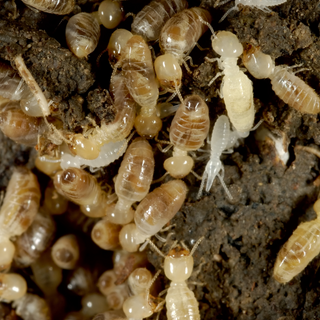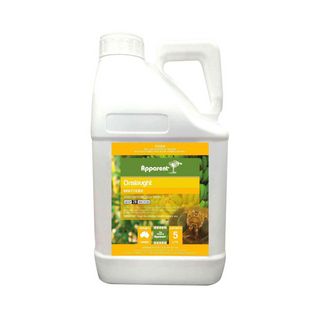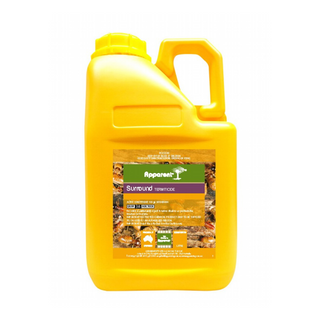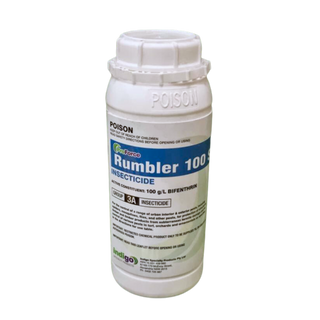Latin name: Isoptera
Termites are classified under the Isoptera order, derived from the term 'equal wings'.
Termites harbour numerous microorganisms in their digestive systems that help them break down cellulose, the primary substance in plant fibre.
Out of Australia's over 350 termite species, only a select few are recognized as significant pests. Roughly 20 of these species are known for causing structural damage. Specifically in Victoria, five termites are notorious for damaging buildings and wood-based structures.
Their contribution to the ecosystem is vital, offering habitats for reptiles, birds, and possums through nest holes, decomposing organic material, recycling nutrients back into the soil, and promoting soil ventilation.
The incorrect label of 'white ants' often given to termites is misleading, as they are neither white in colour nor are they ants.
Termites thrive in cooperative groups known as colonies or nests, with individuals differentiated into various 'castes', including:
Alates (Winged Termites)
Alates, or 'winged ones', represent the reproductive mature termites.
These termites have eyes and wings that are darker in colour and capable of reproduction.
Their wings are uniform in size and shape, double their body length, and shed after their initial flight—a key sign of termite activity.
Distinguished by their darker and larger heads, soldiers are blind, wingless, and lack developed reproductive organs.
With a resilience more significant than other castes, soldiers' primary function is to defend the colony, particularly when threatened.
Different soldiers exist among species; some use mandibles to fend off invaders like ants, while others, such as Nasustitermes soldiers, produce a sticky substance for defence. Phragmotic soldiers, found in certain termite species, can use their heads to block tunnel entrances against intruders.
SOLUTIONS:
- Contact: Apparent Surround, Apparent Onslaught or Proforce Rumbler 100SC




